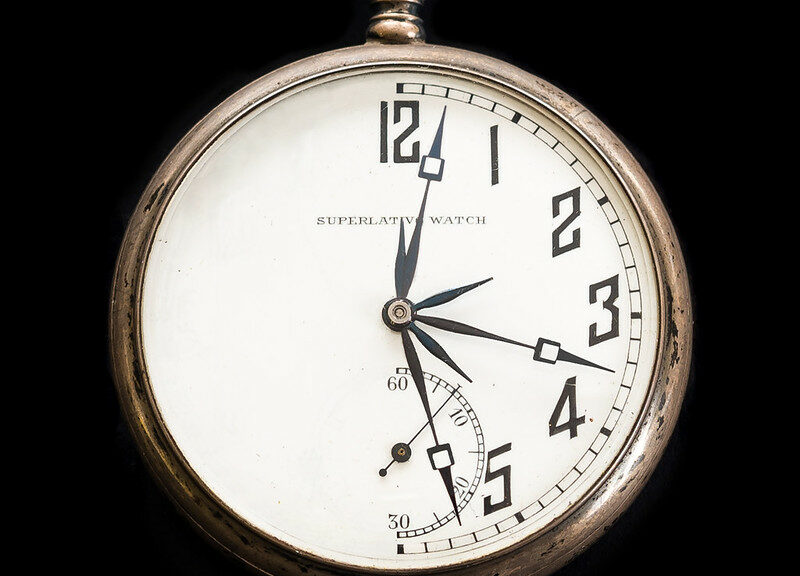
STOP PUSHING THE RIVER — Part 4
This post is part of a series exploring how we humans interact with time. So far we’ve figured out that our latest iteration of strategies for dealing with time, Clock Time, is starting to wear down a lot of us post-moderns into frazzles.
The whole purpose of Clock Time is to enable us to get more and more things done. The Achievement Junkies among us are having a field day.
The rest of us are finding that if we are successful at doing the Clock Time productivity dance well, we do, indeed, get lots of diverse things done. We also are apparently wearing ourselves down to a nubbin and doing ourselves in as well.
There are all kinds of advice about “temporal modalities” (a.k.a. time mindsets) from the Smarty Pants who study such things and the Wisdom Seeker sorts who explore alternative ways of being in the world. Often, they talk about how to get away from the insidious influence of that durned clock.
Slowing down the pace at which we are run-run-running in our lives seems to be a persistent theme among many of the advice-givers handing out wisdoms and life hacks and such.

Dancing with time can be very confusing. Mostly this is because what works for one human in a particular setting doesn’t necessarily work for another human in a different setting. As is usual with humans, one size does not fit all and it’s pretty much a DIY (do-it-yourself) project.
Bad-boy journalist Hunter S. Thompson once advised, “Beware of looking for goals: look for a way of life. Decide how you want to live and see what you can do to make a living within that way of life.”
Wo! Thompson turns the whole Clock Time thing rather neatly on its head: Instead of building your life around your work, what would happen if you could figure out how to fit your work into the life you want to live?
RAW TIME AND NATURE’S RHYTHMS
First, though, you need to figure out how to get back in tune with time that is not governed by clock, calendar and never-ending to-do lists.
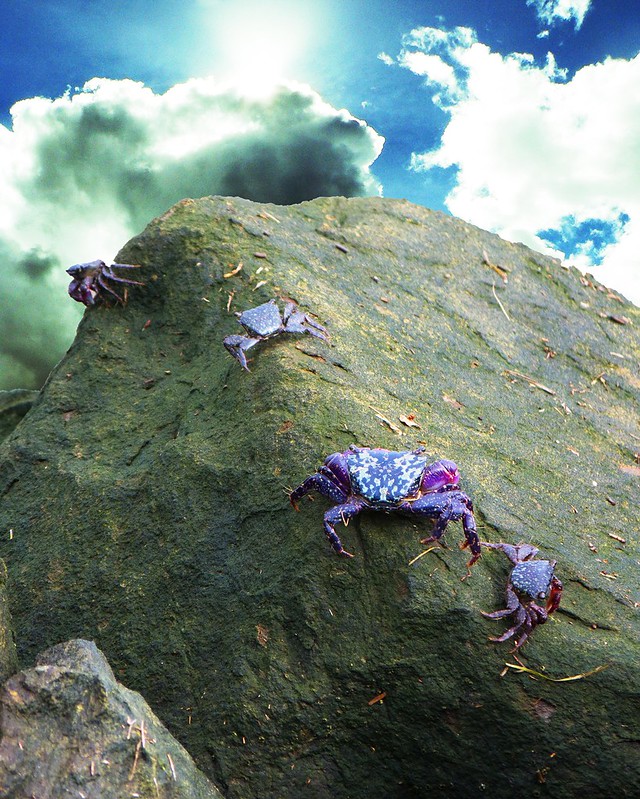
It features internationally known award-winning musician and music producer Ronan Skillen who has spent more than 20 years exploring his particular fusion of tabla, percussion and didgeridoo.
The video reminds you of another kind of time, one you can feel in your body, your blood and your bones.
It also shows the efficacy of using nature and music to “reset” your senses. Dance, exercise and body movements (including breathing and stillness) tap into that rhythm as well and can also be used to climb back into your own skin and to reconnect with other people.
- Raw Time is animal time, a time of body reactions to what is happening in the world around you.
- It can be a Creative’s incubation time when all kinds of sensory inputs, feelings and intuitions roil around, interact and ferment before a glimmering of an idea pops out.
- The aspirational and blissful NOW time that meditation practitioners aim for is also Raw Time.

A POET’S TAKE ON KAIROS TIME
Embedded in Raw Time is a thing the Greeks called “kairos,” the opportune moment. It is what many philosophers and mystics call “numinous,” “deep” or “qualitative time.” It is the time we’re talking about where the world seems to stop entirely.
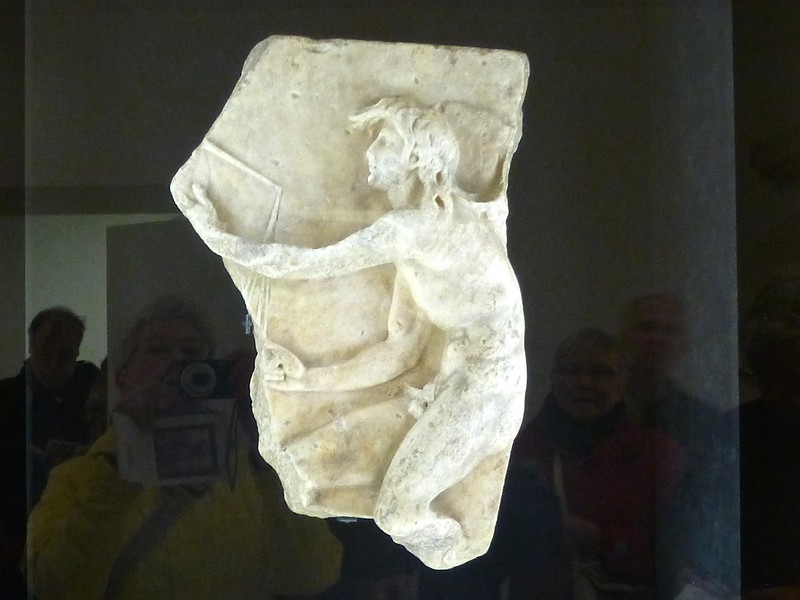
Deep time is measured in a shared and joyous laugh or a piercing look, in a glowing sunrise or a flamboyant sunset and in the touch of a gentle hand. It can’t be measured or sliced and diced like clock time.
It comes, a gift, when you are engaged with Life-Its-Own-Self and honoring the things that cannot really be measured – things like nature, community, connection, and the onset of insight into some intriguing puzzle on which you’ve been gnawing.

In those moments, time stands still. However, just like perfection, those moments never last. They fly past, but if you can catch them as they go by, they can help you make memories that can feed your soul for a lifetime.
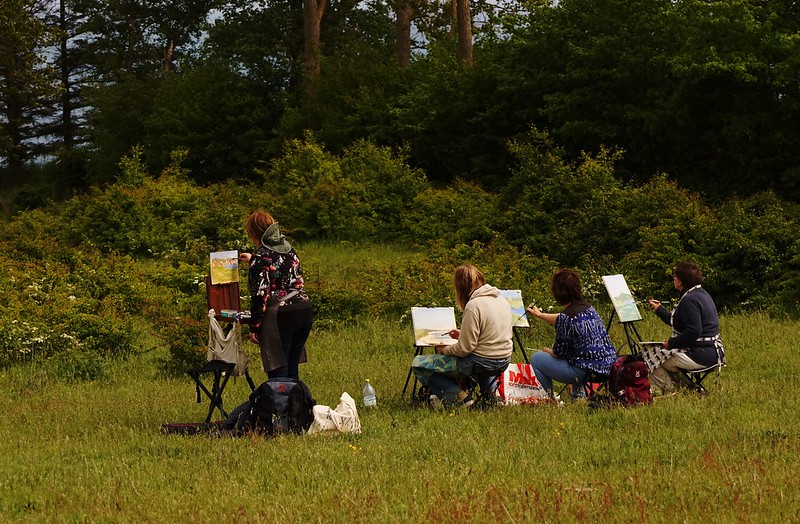
OTHER CULTURES HAD DEEP TIME TOO
The Sanskrit word for qualitative time, time with weight and meaning, is ritu. Like kairos, it also has a spiritual sense to it. It refers to time that is lifted out of the ordinary business of life.

In Christian theology, kairos has a sense of “ripeness”. Think of the words from the book of Ecclesiastes:
“To every thing there is a season, and a time to every purpose under heaven:
“A time to be born, a time to die; a time to plant and a time to pluck up that which is planted; a time to kill, and a time to heal…” and so on.
This idea was the impetus for humans to align themselves with the seasons and to do the things that needed to be done in its proper time so that everything could get done most effectively.

Meanwhile, the Taoists got to the same game plan in a different way.
For Taoists, time has no beginning and no end. The practitioners are interested only in the changes and the transformations within time, when time moves and things in the world change from one form to another.
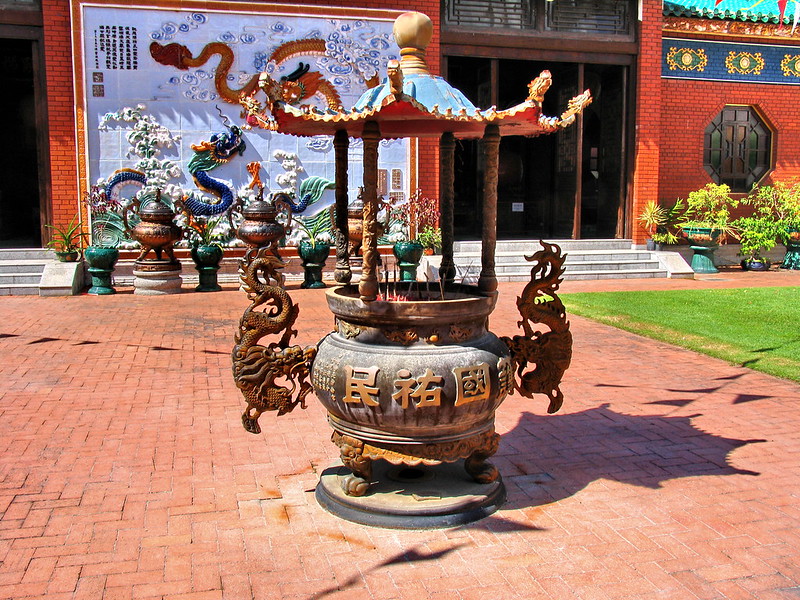
They say that if you can accept the world as it is and can empty your mind of all attachments to assumptions, preconceptions, judgments and desired outcomes, then you’ll be able to clearly see into the nature of things and find the patterns and the order in Life-Its-Own-Self.
Seeing and following the “natural order of things” helps you live life effortlessly and without anxiety, the Taoists tell you.
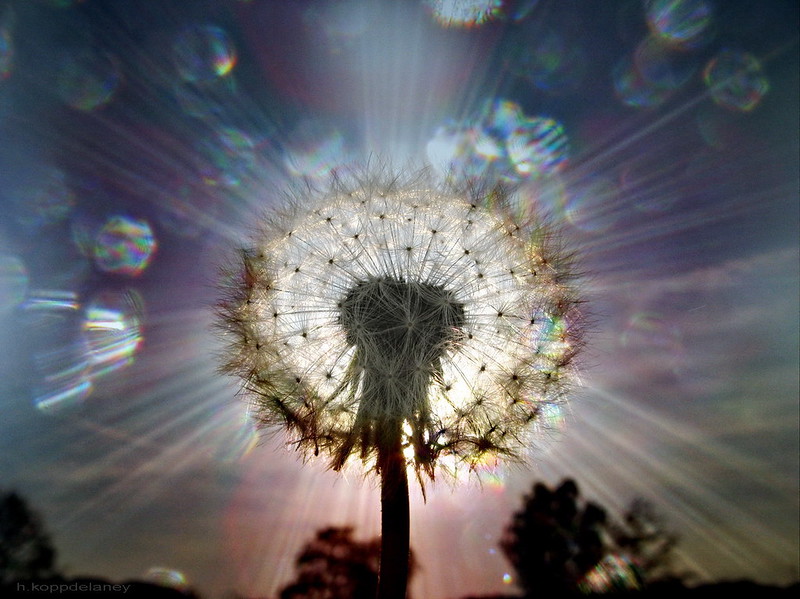
FITTING KAIROS TIME INTO OUR MODERN WORLD
Incorporating deep time into our modern, productivity-focused and clock-ridden days may seem like a woo-woo, out-there way of thinking.
However, I found a TEDxWilmington talk video, “Kairos Living in a Chronos World,” that was downloaded to YouTube in 2016. It features entrepreneur, author and marketing coach Donna Marie Duffy who was the founder of 3E Marketing Solutions in Wilmington, Delaware.
Duffy moved from Pennsylvania to Nazareth in Israel in 1990 and lived there for 18 years working as an educator and a builder of community in the Middle East before repatriating to the United States.
Click on the button below to hear her seven-minute talk about living in a culture that ran on kairos time. The takeaway lessons she received when she learned how to live at a more connected and human pace served her well when she returned to America.
MAKING TIME BIG, HAWAIIAN-STYLE
For the ones who were raised in our modern-day Hawaiian culture there are still echoes of the older way of living in natural time rather than time ruled by artificial clocks and other measuring devices.
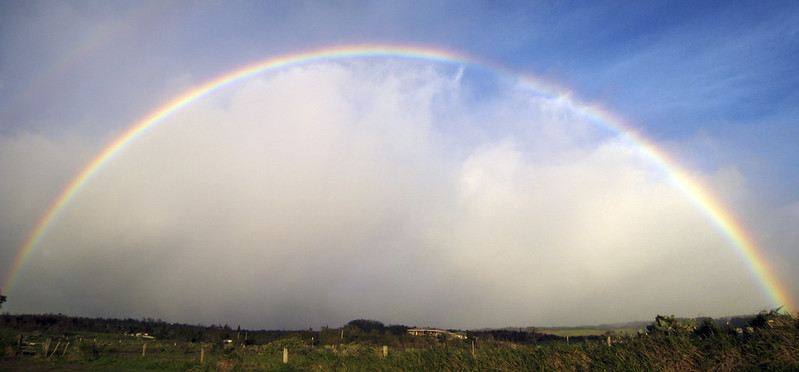
For many years now, we’ve kept telling each other that the higher costs we pay for food, housing, energy, transport, health care and other modern amenities are all just a part of the cost of “living in paradise”. We’ve watched as our family, friends and long-time neighbors leave this beloved place for less expensive places to live. Few of them come back.

One time I was fortunate enough to meet an old Hawaiian healer who explained the deeper meaning of a Hawaiian word that the aunties and uncles used to toss off at each other when they noticed things were getting a bit too frantic and way too intense: “ho’omanawanui.”
We kids thought they were telling each other, “no worry, be happy.” Usually, it seemed to us, the phrase signaled a suggestion that it was time to take a break (and maybe stop at some watering hole for a drink or two).
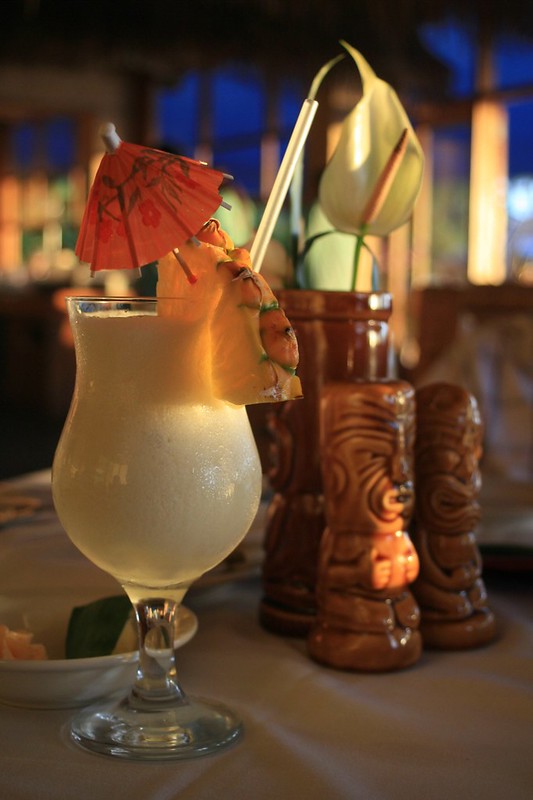
“Ho’o” = “to make.”
“Manawa” = “time.”
“Nui” = “big.”
It took me a long time wrestling with that word to finally get that the way you “make time big” in this modern world of ours is to slow yourself way down, stop all the herky-jerky body-startle movements, and actually look at what is going on in your days.
The following tactics might help you make time big:
- Spend the time you need to get your priorities straight and to find out what matters most to you so you can make sure you get those things handled well.
- Give yourself enough time to do things right the first time and to finish the things you start by following it all the way through to done.
- Pause and see how your heart-people are doing and you let the ones who are not your heart-people wander on off without you.
- Say“no” to the things that do not matter to you or that are not worth your effort to pursue.
- Do things at your own pace and in your own time despite all the kibbitzers and know-it-alls who want you to do theirs because they are right, right, right.
When you’ve made time big, it is truly amazing what you find you can include in that space you’ve made.
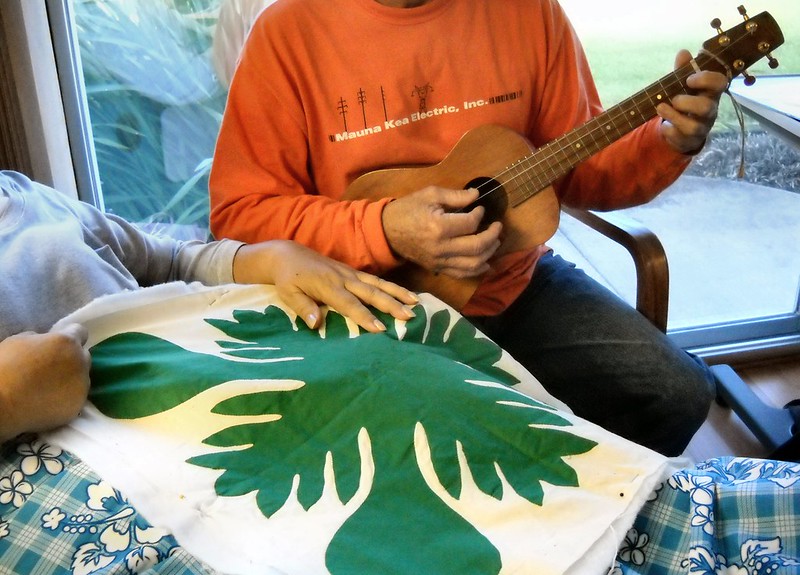
They put together an innovative “revolving band,” collaborating with over fifty well-known island musicians and producers across their three albums, “Vanishing Treasures,” “Rhythm of the Ocean,” and “Ohana.”
The following HI*Sessions YouTube video was uploaded in 2018. It’s the title track from their second album and it brings back fond memories of an earlier, more laid-back time. Alex Morrison is on bass.
Enjoy!
[HI*Sessions is an ongoing project that was started by video producer Dave Kumoto and musician-producer Jon Yamasato. Their videos, podcasts and other social media offerings share the music of many of the finest Hawaiian musicians, old and new.]
Here’s a poem:
……
FLOATER
What’s next for me,
I cannot know.
I’m in the middle
Of a flow.
A rudderless leaf adrift
In a river of time.
How do I do,
Leaf-now-past-its-prime?
Still the quintessential me,
Detached from my history now,
Unbound by adhesion
To the “always was the how.”
Unstuck from Before,
Turned and pushed by currents unseen,
I float.
The river always flows to the sea.
I guess old leaves don’t get a vote.
By Netta Kanoho
Header Photo Credit: “Time Lost | Time Found” by Luca Florio via Flickr [CC BY-SA 2.0]
……
SOME OTHER POSTS TO EXPLORE:
(Click on each of the post titles below and see where it takes you….)
……
Thanks for your visit. I’d appreciate it if you would drop a note or comment below and tell me your thoughts.
8 thoughts on “STOP PUSHING THE RIVER — Part 4”
I really resonate with the idea of getting back in tune with time that is not governed by clocks and calendars. It’s so easy to get caught up in the hustle and bustle of Clock Time and lose touch with the natural rhythms of life.
I love the concept of Raw Time, where we can tap into our body’s reactions and be present in the moment. Has anyone found ways to incorporate more Raw Time into their lives? How has it affected your overall well-being and sense of fulfillment?
Thanks for your visit, for sharing your thoughts, and for your questions, Alice. I am so glad the post resonated with you. (Yay! Must be doing something right!)
Finding the balance between doing and noticing and enjoying the gifts that Life-Its-Own-Self offers has always been a central dilemma for all of us humans throughout the ages. We’ve built whole civilizations and cultures out of our answers to that persistent puzzle.
The productivity mavens and gurus are right, you know. Doing shapes your life. You have to choose how you want to dance with Time the Chaos Beast, and only you can decide whether what you are doing is working for you.
What works for me may not be in line with your own propensities and circumstances.
I am reminded of an old Latin American proverb that says, “I don’t want the cheese. I just want to get out of the trap.”
So far, it’s been good.
Please do come again.
Your fourth installment of Stop Pushing the River is a delight! I enjoyed reading the previous installments and your continued research did not disappoint.
Your writing style is very appealing and easy to read. I appreciate your ability to convey complex concepts and ideas in such an easy and understandable way. Your analogy of the flow of the river that you use in the article aptly complements your point and helps readers better understand the main idea.
I look forward to continuing your Stop Pushing the River series and will enjoy following your publications. Thank you so much for such an interesting and motivating article! 🌊🖋️
Thanks for the visit and for your kind words. I am really pleased that this series is interesting for you.
The whole topic of dealing and dancing with Time the Chaos Beast has been an engaging exploration for me. Thanks for coming along for the ride.
Please do come again.
As I look around me, up to the skies and down to earth
The sun appears in the morning, and the moon changes with the days of the month, becoming whole and no moon sky and half moon. They have been doing it for billions of years, no matter what. So much order and discipline. Is that the time or clock of eternity I live in?
I repeatedly follow the “one-day smart pants” and other powerful influences repeating their success loudly to buy my naive mind. That took me more than six decades of life. Of course, I had many profound and enjoyable moments that will last a lifetime.
Now I fit my work, influential people I have tasted with time, and meaningful activities into my time, not vice versa. I want every moment I call my time. I say “no” to many without regrets.
I loved your poem, Netta. It is another enjoyment. of my life now. Thank you for your ” Clock.”
I leave with
“Unstuck from Before,
Turned and pushed by currents unseen,
I float.
The river always flows to the sea”.
Anusuya, that is lovely! I am so pleased that this post spoke to you.
Please do come again.
Hi Netta,I thoroughly enjoyed this article because the different ideas of time just fascinated me. I actually went back over a few parts just to make sure I understood them properly and let me say, it makes so much sense.
I for one probably need to be more conscious of not letting clock time dictate me as much as I do and after reading your article, I will definitely be more mindful of the Kairos moments you mention, that is what we should be focused on achieving more of!!
Great post Netta, thank you for this insight.
Thanks for the visit and for sharing your thoughts, Ryan. I am so glad the post helps.
Please do come again.